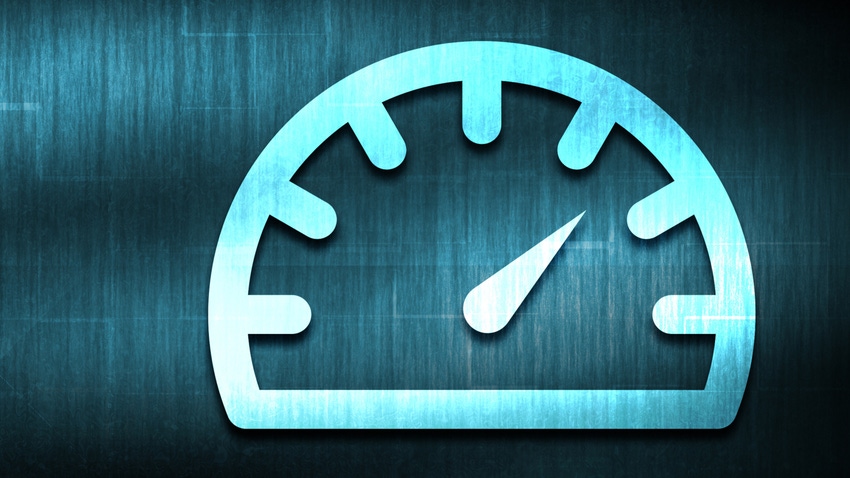How do you measure the value of your packaging supplier?
August 27, 2019

With so many packaging suppliers out there, is there a way of measuring and identifying the good ones? Yes, there is! A McKinsey & Co. executive shares a formula for success: Quality of Revenue.
For most of my life, I’ve thought of packaging the way the French government did when it gave 12,000 francs to the inventor of the tin can that helped preserve food for Napoleon’s military. Important but strictly utilitarian.
The packaging industry’s fortunes are changing. Revenues are rising for companies that protect, inform, and promote what they package, the so-called PIP formula. Protection and information are givens. Promotion separates winners from the also-rans.
In the last five years, packaging suppliers and their customers have ushered in an age of intelligent consumer packaging by collaborating on innovation.
Using blockchain for traceability and ever smaller, more affordable sensors, package makers are already becoming more high-tech. For example, premium cognac maker Remy Martin embeds a near-field communication (NFC) chip in its bottles to guarantee authenticity. This provides a new level of safety, one that surely was once seen as unnecessary, and now might be hewing closer to mandatory.
Other trends—such as the continued expansion of ecommerce, sizeable growth in emerging markets like China and India, and new consumer preferences for sustainable materials—all bode well for the future of the packaging industry.
Poised to take off?
Our packaging-solution study found that, until 2013, the packaging industry largely destroyed value. The cost of capital was higher than the return on investment. Since then, margins have expanded. Private equity and the operators themselves have taken costs out of the system. Operating margins have gone from 8.3% to 10.3%. And there’s more growth to come in the next decade.
We used a measure called Quality of Revenue (QoR) to find the successful companies in a fragmented industry where a small number of large companies control about 30% of the market with thousands of midsize and small players divvying up the rest. QoR provides an excellent way to measure value creation in the packaging sector.
QoR provides an excellent measure of value creation by assessing five factors:
1. The markets the company plays in.
2. The type of customers they have.
3. The company’s position with the customer.
4. The uniqueness of product offerings.
5. The monetization of business models.
The QoR scale ranges between zero and one with one being perfect. Weighting the five areas is a function of the sector, not the company itself. So, the true quality of revenue is different for industrial companies than it might be in the technology sector.
In packaging, the monetization model carries four times the weight of the end customer. If a company can move from one-time revenue to ongoing revenue or a subscription model, its QoR number goes up and the multiples in the sector and return to shareholders rise with it. Consider that a customer buys one Mach 3 razor from Gillette. But he will buy custom blades for that razor many times.
Selling a piece of packaging equipment is good. Offering a monthly maintenance plan with the sale of the equipment is better. Selling the equipment, a maintenance package and unique materials for the equipment that must be reordered is best scenario because it creates recurring revenue and strengthens customer engagement.
Low barrier to entry
The packaging sector is characterized by low barriers to entry—the cost of capital and intellectual property—is not that high, so many companies are in the packaging business. It doesn’t take extensive IP or technical knowledge to make and sell protective containers made of rigid plastics or paperboard, so we expect new entrants to enter the sector consistently.
The number of companies in packaging will remain the same or might even go up. But the companies able to drive operational improvement north of 15% or higher are going to capture a disproportionately bigger portion of the profits and value.
One way this is happening is acquisition. Our study analyzed 45 large public packaging companies. Each averaged more than three acquisitions per company over the past five years. They went after smaller companies, often to gain access to technologies and innovative approaches. The median transaction was around $70 million.
Less-inspiring companies are going to be around. Some might die and some might survive, but they are not going to be at the top of the heap. You’ll see a constant circular motion at the bottom.
It’s doubtful any packaging company can count on government support. While every country wants to have an auto industry, I don’t know if any country wants to have a packaging industry. One of my clients told me jokingly that packaging companies operate in the basement while all the parties are happening in the penthouse. I thought it was a funny comment, but I think it is true.
____________________________________________________________________________________________
MinnPack 2019 (Oct. 23-24; Minneapolis) is where serious packaging professionals find technologies, education and connections needed to thrive in today’s advanced manufacturing community. See solutions in labeling, food packaging, package design and beyond. Attend free expert-led sessions at multiple theaters around the expo.
About the Author(s)
You May Also Like


